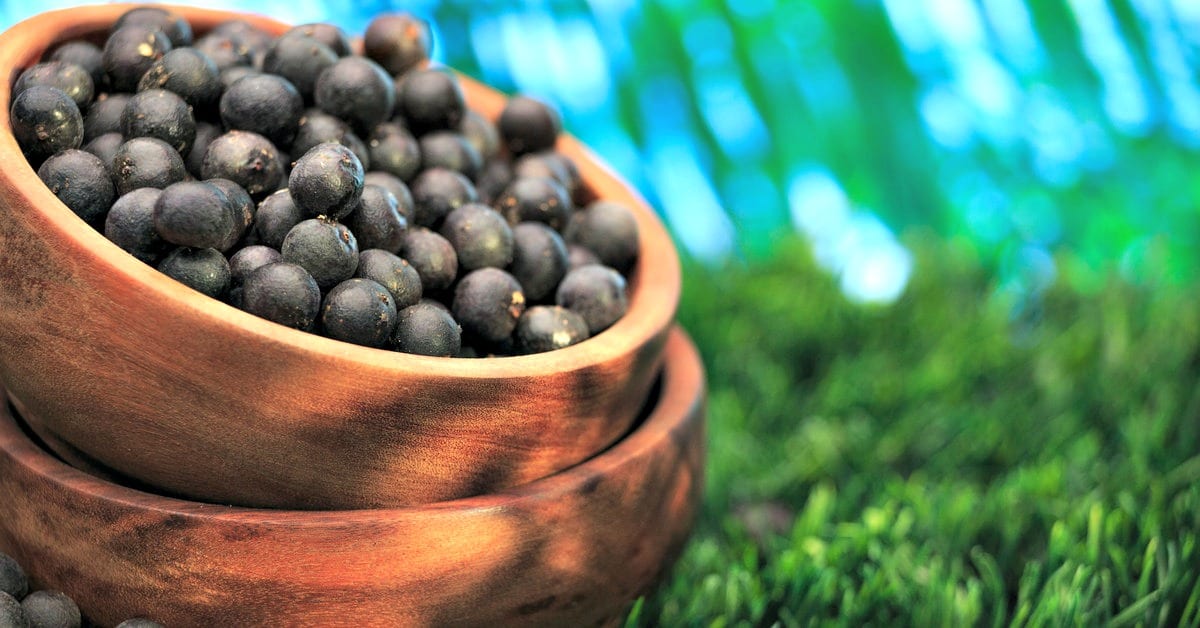Undoubtedly, many of you have been introduced to the Amazonian fruit Açai, a dark berry that grows high up in the Açai palm, famous for it’s highly nutritious values if it’s juices are extracted straight after harvest. What you probably don’t know is that this berry was named after the daughter of a well-known native chief in Brazil, who discovered the berry at a time of great famine. Legend has it that the chief of the local tribe had all new-borns murdered simply because there wasn’t enough food to go round, right before his own daughter Iaça gave birth to her first child. Being a man of his word, even Iaça couldn’t escape his decree.
Iaça cried for months, grieving the loss of her beautiful daughter. One night, as she walked in mourning under a full moon, Iaça heard the cry of a child. She hurried towards the sound and came upon a tall, slender palm tree. At the top of the tree, Iaça could see clusters of dark fruit and at the bottom of the tree, she saw her daughter waiting for her with open arms. Iaça ran toward the vision, but as she reached out to embrace her child, she was overcome with joy and died happily beneath the tree.
The next day, the Chief found his daughter under the tree. She had a smile across her face and she was looking up to the sky. He followed her gaze up the tree and saw the dark, purple fruit. The Chief immediately ordered these fruits to be harvested by his people, who soon discovered that a juice could be extracted from the berries that would satisfy the hunger of the whole tribe. The Chief’s decree was lifted, and out of gratitude to Iaça, from that day on, the fruit of the palm tree that saved the tribe was known as Açaí (“Açaí” is “Iaça” spelled backwards).
Why are we telling you all this? Not only is this a beautiful native story that we think should be passed on, it is also exemplary for the importance of the berry for many tribes in the Amazone since its discovery. Stretching across 6 million achres of rainforest, the açai palm is an important source of nutrition for these tribal communities. Even more so, with the increasing popularity of superfruits in Europe and the United States, it offers a steady income to a lot of these communities and a reason for the government to keep these 6 million achres of rainforest intact. And the good news is, methods of harvest have not been changed since Iaça found the first palm many centuries ago, making it a fully organic product and thus good for the local ecosystems.
Thank you Iaça!
Curious what the hand harvesting process looks like? Please enjoy this little video, made by Organicburst (fairtrade superfoods supporting indigenous communities, organic farmers and biodiversity):

